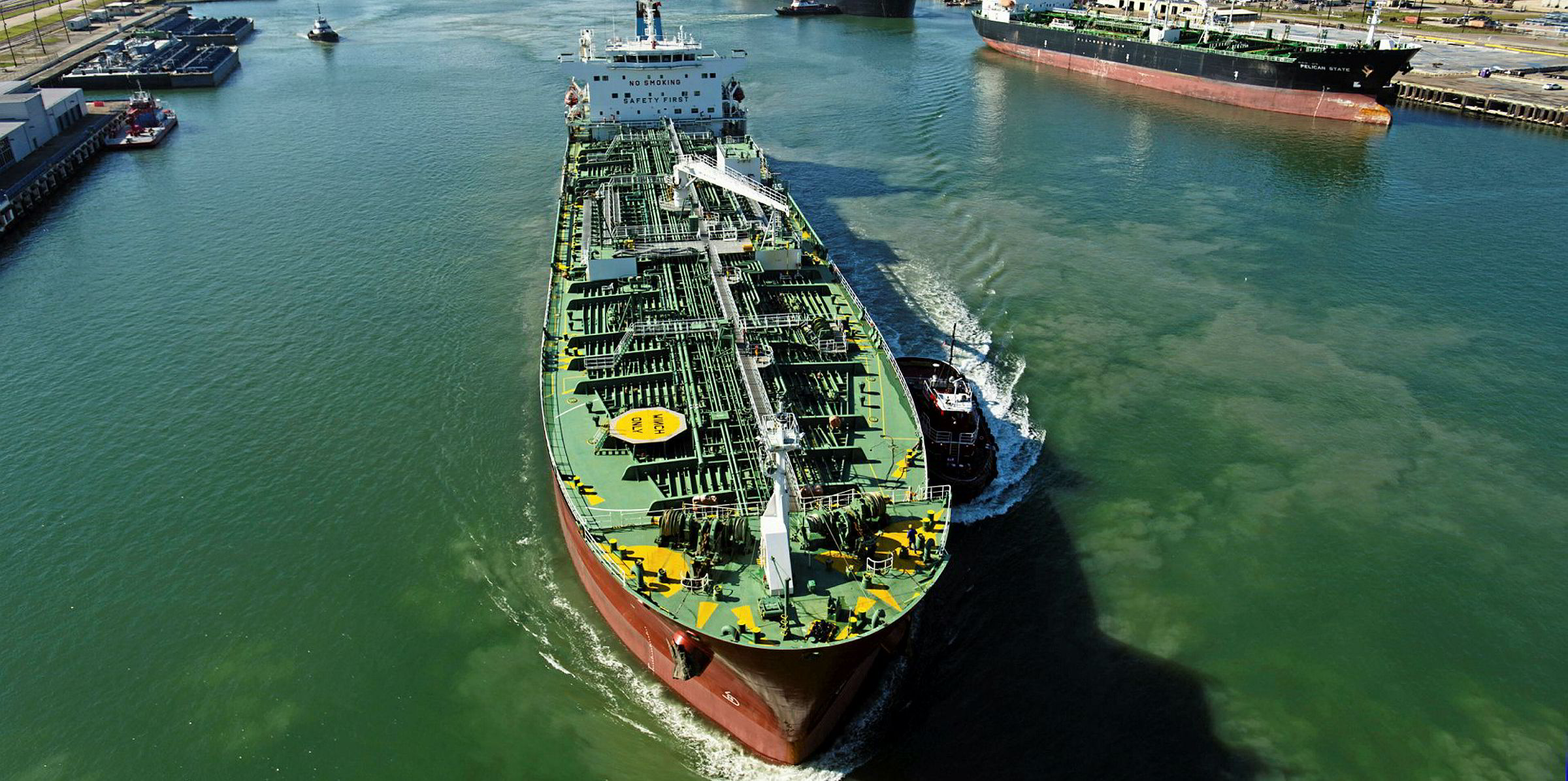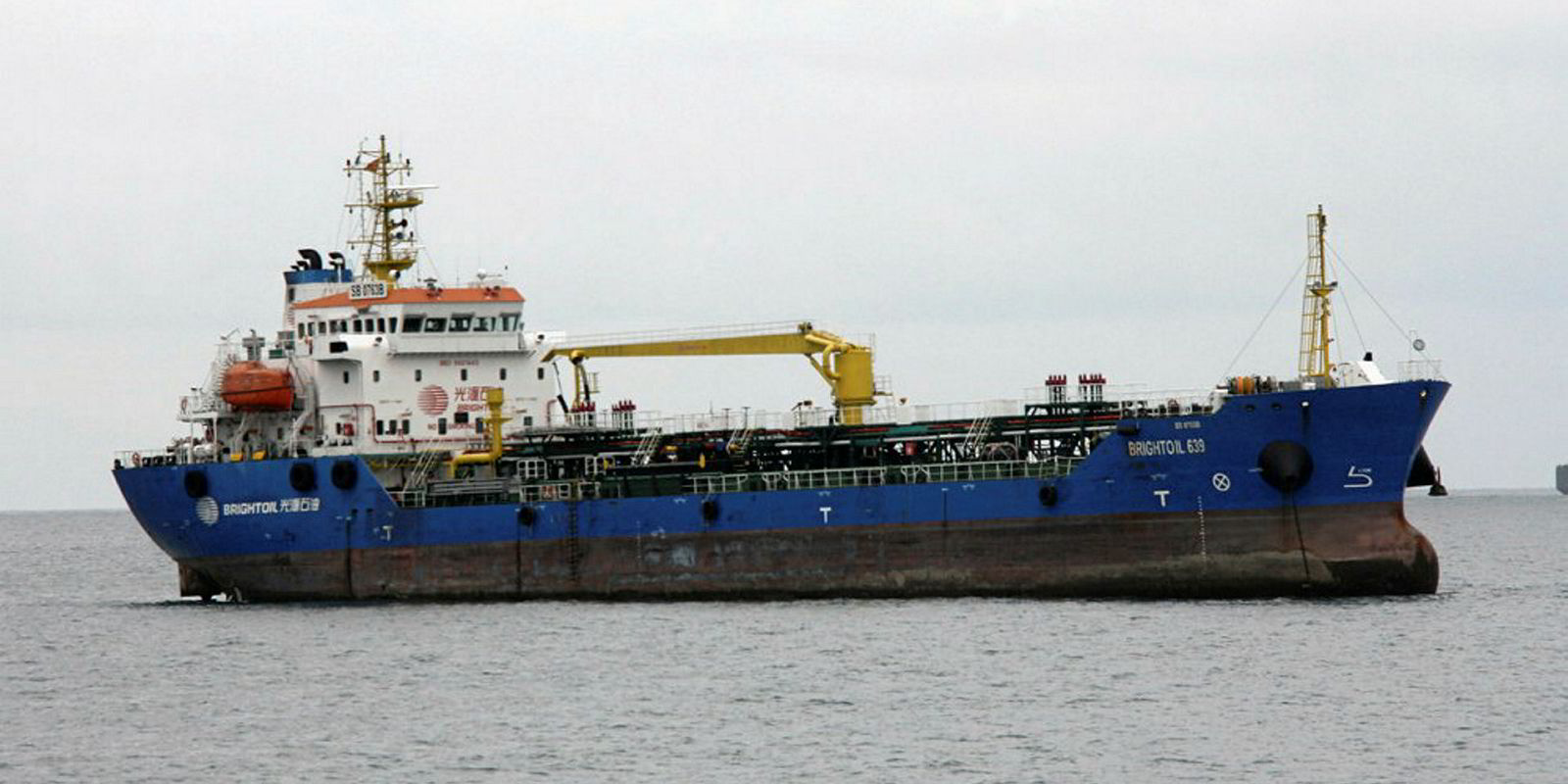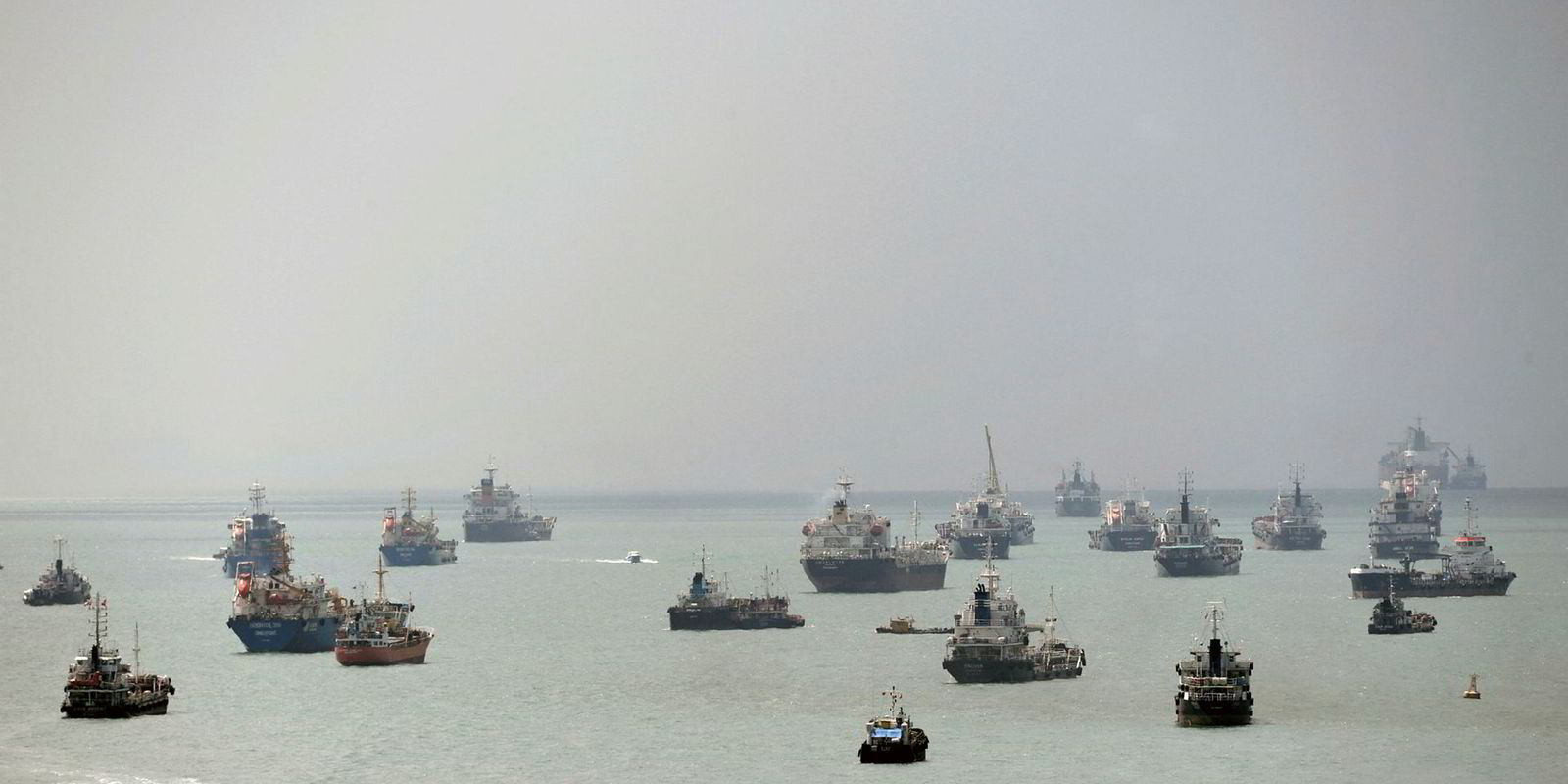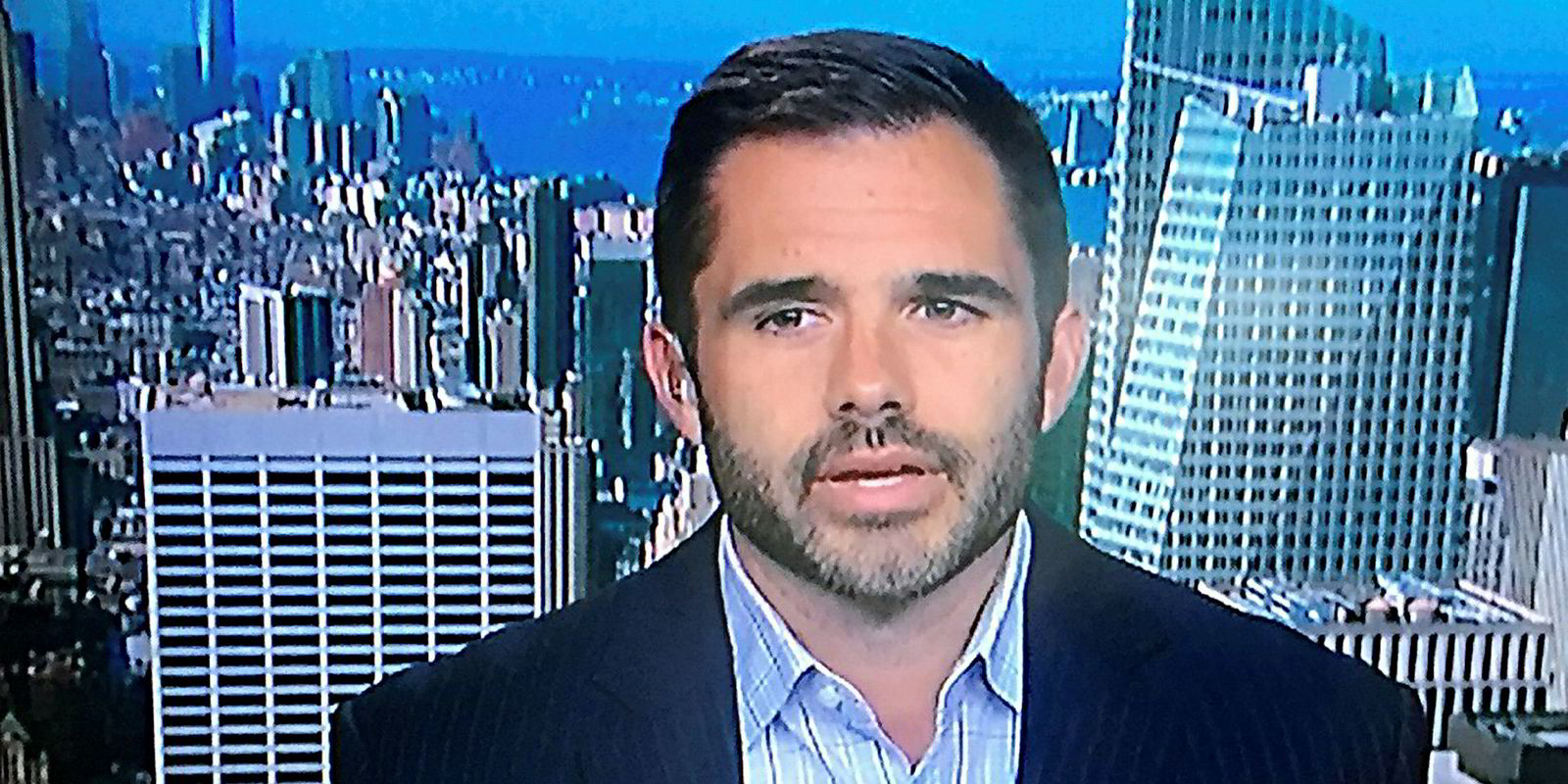The recent return of high bunker prices suggests vessel operators will face the unpleasant, complex task of dealing with rising expenses while preparing for the IMO's 2020 transition to low-sulphur fuels.
In the past few months, the shipping industry has focused on how to meet the new regulation, with a significant number of owners opting to install scrubbers on their ships.
It seems that a lot of big trading houses have significantly downsized their HSFO trading teams as this year ends. We may see this become common as we approach 2020. … HSFO positions will drop, so HSFO availabilities will fluctuate as well as prices
Adrian Tolson
These shipowners aims to continue consumption of high-sulphur fuel oil (HSFO), whose price is widely expected to become even cheaper than the IMO-required 0.5%-sulphur fuel post-2020.
However, with global average HSFO prices rising above $500 per tonne at the beginning of October in line with a higher crude price, the industry is served an unpleasant reminder: actual fuel prices are what really hits the bottom lines, regardless of their grade.
“If we see the impact of more severe disruption in key [oil] exporters, and higher demand growth, this could lead to sharper increases — crude oil back at $100 per barrel should not be ruled out,” Maritime Strategies International says in a note.
“This is particularly pertinent as we approach 2020 — the underlying crude price will ultimately be the main determinant of shipping fuel costs, not the spread between fuel oil and compliant 0.5% sulphur fuel.”
By comparison, when the crude price was last at $100 per barrel sometime in mid-2014, the HSFO price in Singapore — the world’s largest bunkering port — hit $600 per tonne.
What is worse is that many market participants have foreseen increasing volatility in bunker prices, with more uncertainty in the physical supply as bunker players prepare for the IMO rules.
“It seems that a lot of big trading houses have significantly downsized their HSFO trading teams as this year ends,” 20|20 Marine Energy senior partner Adrian Tolson tells TradeWinds.
“We may see this become common as we approach 2020 … HSFO positions will drop, so HSFO availabilities will fluctuate as well as prices.”
Still, some market participants point out that ship operators endured even higher bunker prices in the past, when crude futures were above $100 per barrel for a long period. With improved fuel efficiency of most vessels, the industry may be even better prepared this time, the more optimistic ones say.
Tolson points out that hedging would still be the preferred way for vessel operators to deal with rising fuel costs, but he also admits to the inherent risks in volatile fuel prices as a result of the new bunker rules.
“With all the uncertainties of the post-2020 market, these hedges may be riskier against actual spot prices, but they will do the job if necessary,” Tolson says.
While vessel operators will generally try to pass on increases in bunker costs to charterers and shippers, their fortunes are often determined by supply-demand fundamentals, negotiation power and trading patterns, according to analysts.
As a general guide, large vessels on long-haul trades tend to be hurt more by expensive fuel costs, as trading firms will seek to source more goods from closer locations to maintain margins, Banchero Costa’s head of research Ralph Leszczynski says.
“They have higher consumption and generally spend more time at sea than in port,” Leszczynski adds. “Overall the bunker price component is proportionally a larger part of the overall freight cost… than is the case for smaller vessels.”
However, based on recent movements in freight rates, prevailing market dynamics have been the determinants in spot trades.
VLCC, LPG tanker and bulker operators have largely been able to pass on the increases in bunker costs to charterers this month, with some even able to yield extra earnings, according to Baltic Exchange indices.
Product tankers and other segments of crude carriers are faring much worse, though.
As for container shipping, many carriers have also been struggling to ask their clients to shoulder the burden of incremental fuel costs despite their attempts at setting up pricing mechanisms linked to bunker factors.
“It’s definitely causing problems to shipping lines. They have been trying to recoup bunker costs through the mechanism [that has] not been working,” says Andrew Scorer, Platts’ senior container pricing specialist.






